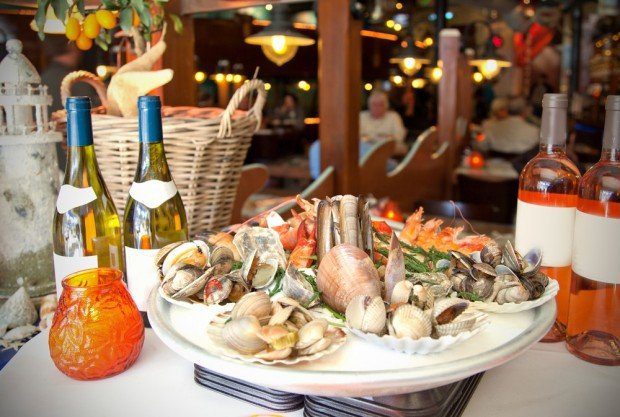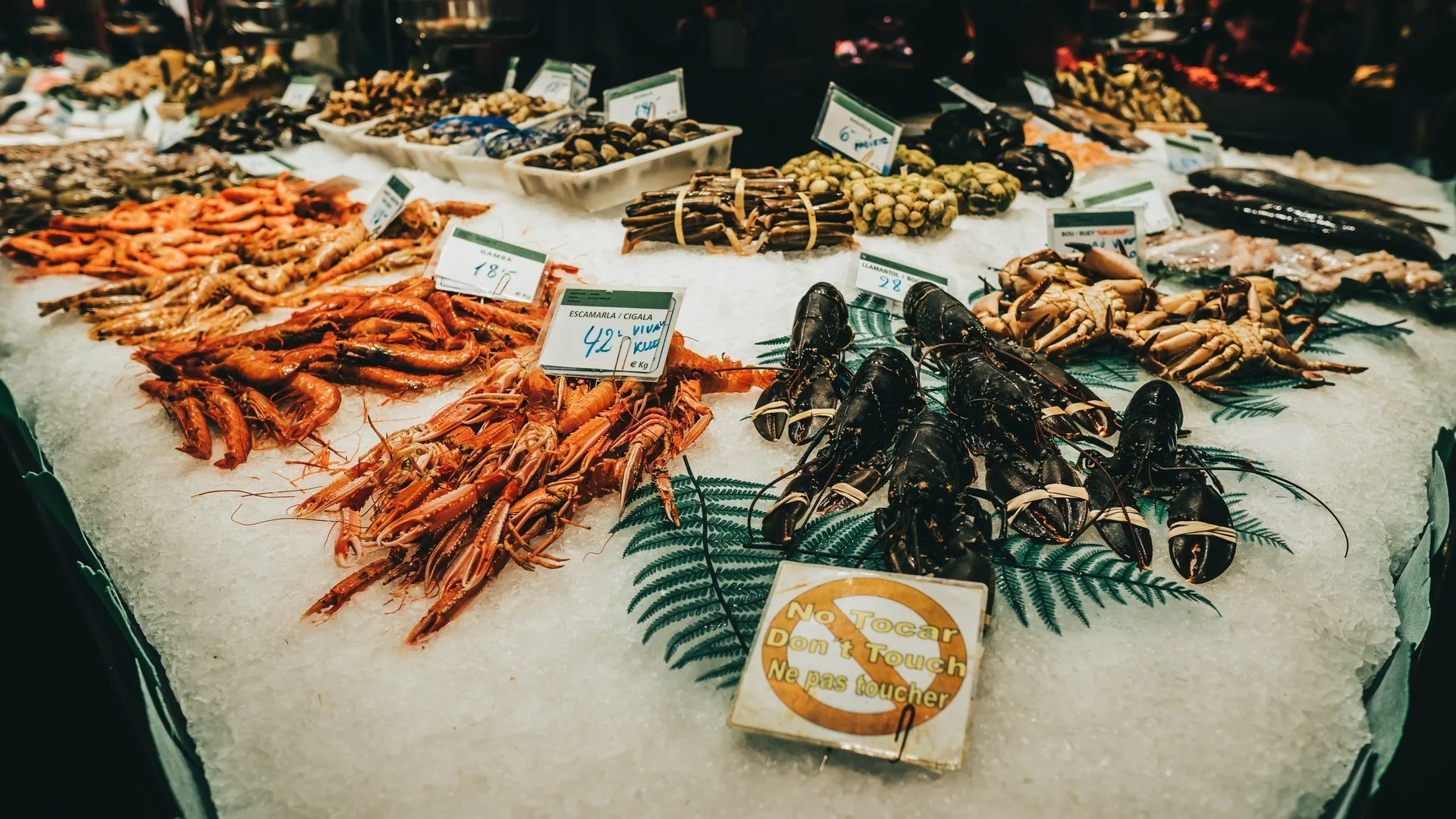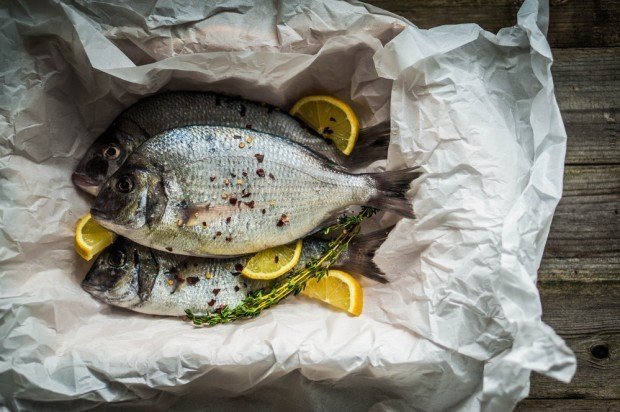Last week, Phillip R. Carawan, owner, president and CEO of Capt. Neill’s Seafood Inc in North Carolina, pleaded guilty in federal court, admitting to a federal charge of falsely labeling millions of dollars of crab meat from overseas as a “Product of USA”.
Carawan had instructed his employees to mislabel nearly 180,000 pounds of crab meat imported from South America and Asia as a “Product of USA”. This occurred from 2012 through to 2015. The retail value of the mislabeled crab product was estimated at slightly more than $4 million.
The judge still has to make final sentencing decisions for both Carawan and his company at a later date. However, Carawan already has work ahead of him.
As part of a plea agreement, he has agreed that Capt. Neill’s Seafood will compensate customers who purchased the mislabeled crab for at least $7 per pound in restitution; pay a $500,000 criminal fine, and take out full-page ads in two “major” North Carolina-based newspapers to apologize to the public.
The rise of fish fraud
This past July, Michael P. Casey, the vice president of Virginia seafood company Casey’s Seafood pleaded guilty in federal court to taking part in seafood fraud where he conspired with others within the company to falsely label imported crab meat and re-sell it to grocery stores and retailers, which amounted to a wholesale value of $4.3 million.
According to Oceana, a US-non profit organization aimed at protecting the world’s oceans, seafood fraud can be defined as the practice of misleading consumers about their seafood in order to increase profits. Different types of seafood fraud can include substituting one species for another without changing the label. There is also the act of shipping seafood products through different countries in order to avoid duties and tariffs.
The case of seafood fraud 
According to a press release from the Department of Justice, Casey admitted falsifying more than 183 tonnes of crab meat. Casey acknowledged that he had instructed his workers to unpack foreign crab meat and then repack it into company packaging that contained a “Product of the USA” label. What’s more, he also confessed to buying crab meat that was either past or nearing its best used by date.
And his reasoning for the fraud?
There has been a significant decline in the Atlantic blue crab since 2010. Casey revealed that it has become expensive and difficult to earn a profit from the crab. This is because the company was unable to process enough of the meat to keep up with demands. Therefore, they had no choice but to begin using foreign crab meat to fulfill orders. So, from early 2010 to June 17, 2015, Casey professed that he had engaged in fish fraud.
Seafood is an incredibly popular dish in the United States. However, despite its popularity, it’s clear that consumers know very little about what they’re eating.
How fishy is your next meal?
Over the past decade, there has been a steady decline in US fisheries as a result of over-fishing, the loss of coral reefs, and wetlands, chemical and plastic pollution as well as ocean acidification, As a result of this, the NOAA Fisheries found that over 80% of the seafood eaten in the U.S. is imported (1). Due to the high demand for imported fish, one would think that there would be strong regulations across all boards. Unfortunately, the FDA only currently inspects 2% of imported fish.
This past March, Oceana, a US-non-profit organization aimed at protecting the world’s oceans, released a study that found that 20% of tested seafood samples from shops and restaurants in 24 US states and the District of Columbia were mislabelled (2).
For the study, Oceana DNA tested 449 fish samples. The sampling focused specifically on cod, halibut, snapper, tuna, salmon, and sole. This is because, according to Oceana, these particular species, historically, have the highest rates of species substitution.
The results
A third of all shops and restaurants checked were found to have sold mislabelled seafood. Restaurant menus had the most misdescribed fish, followed by smaller markets and supermarkets.
The most commonly mislabelled species was sea bass (55%). Sniper followed behind at 42%. Giant perch and Nile tilapia often replace the orders of sea bass. Lavender jobfish replaced the Florida snapper.
Fish fraud cases are rampant
Since 2016, when Oceana published a report that detailed how one-fifth of seafood sampled worldwide isn’t what it’s supposed to be, there have been numerous efforts to out the companies and businesses that are guilty of fish fraud. Last year, a New York investigation revealed how some grocers had mislabeled over 25% of their seafood in order to boost revenue (3). If that’s not enough, a 2017 study published in the journal Conservation Biology found that nearly half of the sushi from more than two dozen different sushi restaurants had been mislabeled.
Is seafood fraud that serious, though?
Granted, one may think that the only effect that seafood fraud has on anything is one’s pocketbook. Albeit a valid point, there are other environmental and health concerns that come with seafood fraud.
Health concerns
The same chemicals and handling regulations do not apply to all fish. Thus swapping them out places consumers’ health at risk. There is a risk of allergic reactions (which can result in breathing difficulties), histamine poisoning (which occurs when the fish you’re eating wasn’t kept at safe temperatures and spoils before you receive it). It can result in a rapid heart rate, headaches, dizziness, and stomach cramps.), and ciguatera poisoning (food poisoning caused by eating fish that is contaminated by ciguatera toxin and often results in nausea, pain, cardiac, and neurological symptoms).
Environmental impact
Seafood fraud may also upset consumers because it hinders their desire to be more sustainable. By mislabeling fish, you are affecting their ability to make really informed decisions that will serve to protect marine life, and they will continue to, unbeknownst to them, demand a steady supply of a particular fish species, despite the fact that it may be in trouble.
 What’s being done about it?
What’s being done about it?
Following tougher policies and increased consumer awareness, nearly a third of all seafood in Europe that was once mislabeled dropped to just 4%.
In 2018, the US Government Task Force on Combating Illegal, Unreported, and Unregulated Fishing and Seafood Fraud created the Seafood Important Monitoring Program (SIMP), known in the industry as SIMP. In an effort to address mislabelling, SIMP focuses on 13 types of imported seafood. These include Abalone, Atlantic Cod, Blue Crab (Atlantic), Dolphinfish (Mahi Mahi), Grouper, King Crab (red), Pacific Cod, Red Snapper, Sea Cucumber, Sharks, Shrimp, Swordfish, Tunas (Albacore, Bigeye, Skipjack, Yellowfin, and Bluefin). Some organizations would rather they expand the requirements for all seafood. NOAA is the government agency responsible for the program. They maintain that the program is not for every seafood product that enters the U.S. market. Rather, it’s for those vulnerable to fraud and illegal activity.
While this is a great initiative, SIMP’s tracking program ends at the U.S. border. Thus, they can do very little once the imported fish enters the country.
What about consumers?
If a consumer is attempting to avoid any type of seafood fraud, the best thing they can do is buy as close to the whole fish as possible. Consumers need to be well aware of where the fish came from. They should also learn about which fish in their areas are currently in season.
They could try Frankenfish
As previously mentioned, there is a strain on the ecosystem and marine life. The fact is, there is a growing demand for fish, and attempts to meet it are quite complicated.
In an effort to meet demand, the rise of genetically-engineered salmon has taken form. Affectionately referred to as frankenfish, the idea behind it serves to possibly solve a host of problems. However, GE salmon also comes with some possible health concerns. Click here for more on the story.



 What’s being done about it?
What’s being done about it?![women [longevity live]](https://longevitylive.com/wp-content/uploads/2020/01/photo-of-women-walking-down-the-street-1116984-100x100.jpg)










